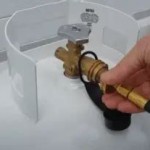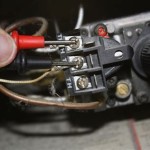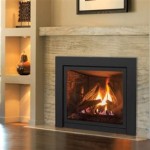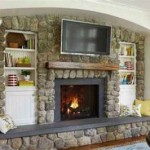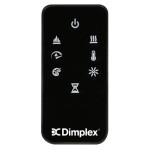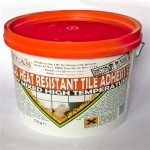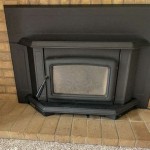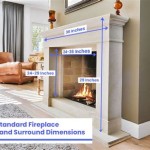Natural Gas Fireplace Stove Inserts: A Comprehensive Guide
Natural gas fireplace stove inserts offer a convenient and efficient way to enjoy the cozy ambiance of a fireplace without the hassle of wood burning. Whether you're aiming to enhance your existing fireplace or install a new one altogether, here are some crucial aspects to consider:
Types of Fireplace Stove Inserts
There are two primary types of natural gas fireplace stove inserts:
- Ventless inserts: Operate without requiring a chimney or external venting. They are ideal for homes without existing chimneys.
- Vented inserts: Use a chimney or direct vent to exhaust combustion byproducts outside. They are more efficient than ventless models.
Heating Capacity
The heating capacity of an insert determines the size of the room it can effectively warm. Measured in British Thermal Units (BTUs), the higher the BTU rating, the more space the insert can heat. Consider the square footage of the room and the level of insulation to determine the appropriate BTU output.
Efficiency
The efficiency of an insert measures how much heat it generates relative to the amount of gas consumed. Inserts with higher efficiency ratings use less gas to produce the same amount of heat, resulting in lower energy bills. Look for inserts with an Annual Fuel Utilization Efficiency (AFUE) rating of 75% or higher.
Control Options
Modern fireplace stove inserts offer various control options for convenience and comfort. Remote controls allow you to adjust the flame height, temperature, and other settings from across the room. Some inserts even feature programmable timers and thermostats for automatic operation.
Safety Features
Safety is paramount with natural gas appliances. Look for inserts with the following safety features:
- Oxygen depletion sensors: Detect low oxygen levels and automatically shut off the gas supply.
- Overheating protection: Prevents the insert from overheating, reducing the risk of fires. li>Pilot light or electronic ignition: Ensures a safe and reliable ignition process.
- Glass doors: Protect the room from heat and embers.
Installation
Installing a natural gas fireplace stove insert typically requires a professional. Ensure you hire a licensed gas technician to guarantee proper installation and safe operation. The technician will connect the insert to the gas supply, install the venting (if necessary), and make any necessary adjustments.
Maintenance
Regular maintenance is essential for the optimal performance and lifespan of your fireplace stove insert. Have the insert inspected annually by a qualified technician to clean the burner, check the safety features, and perform any necessary adjustments or repairs.
By considering these aspects, you can choose a natural gas fireplace stove insert that meets your specific needs and enhances your home's comfort, style, and value.

Fireplace Insert Guide Fireplaces Direct Learning Center

Gas Fireplaces Inserts Stoves And Heaters The Hearth

Gas Fireplace Inserts Pros And Cons Of Ventless Fireplaces

Gas Fireplace Inserts Napoleon Fireplaces

Napoleon Gas Fireplace Inserts Patio Palace

White Mountain Hearth Rushmore Direct Vent Insert With Truflame Tech Fireplaces Usa

Timberwolf Tdi3n Gas Burning Fireplace Insert Rockford Chimney

Gas Fireplace Insert Propane Regency Vermont Castings Napoleon

Gas Fireplace Inserts Made In Usa Lopi Stoves

Timberwolf Natural Gas Fireplace Insert Tdi3n
Related Posts

